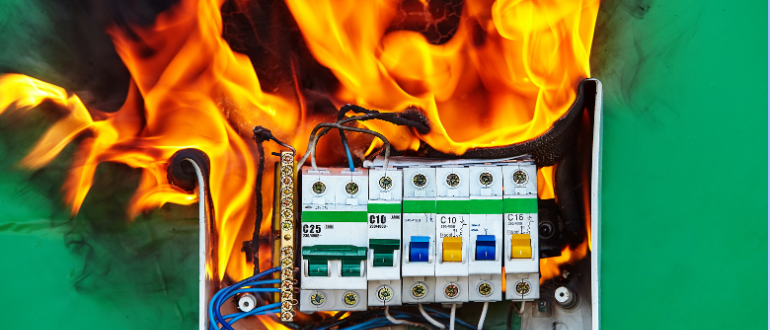
The data center surge that underpins AI and cloud computing is colliding with a tough reality: when these facilities have emergencies, the required response is often difficult. From Ohio townships to South Korea’s national backbone, recent incidents show fires are uncommon but costly, and far more complex than a typical structure blaze.
Consider Jerome Township, Ohio, where two Amazon data centers have generated 84 emergency calls since local approvals in 2021, or roughly two per month. This spring a two-alarm incident caused more than $50 million in damage and occupied first responders for over 24 hours. Local leaders note a paradox that stings: the sites enjoy 10-year, 100% property-tax abatements while the township absorbs the response costs. Nearby Hilliard officials say data center development has diverted about $2 million from emergency services since 2015.
Firefighter Challenges
The potential workload for firefighters grows as the data center footprint expands. The U.S. has more than 5,000 data centers, with construction accelerating on hyperscale campuses. Fortunately, prevention and preparation have kept major events to a minimum. Yet the difficulty for fire professionals is that when alarms do sound, the playbook can change unpredictably.
Among the problems in fighting data center fires: ultra-secure perimeters can delay access, floor plans are sprawling, critical gear dislikes water, backup power often relies on lithium-ion batteries that carry thermal-runaway risk. Furthermore, radio communication and electrical hazards complicate the scene.
Northern Virginia, the world’s densest data-center hub, offers one model. Loudoun County hosts more than 13 million square feet of facilities. Officials there report mostly minor electrical events so far, attributing positive outcomes to planning and prevention. The lesson: when response protocols are baked into design and operations, small problems stay small.
The opposite case played out in late September in Daejeon, South Korea. A lithium-ion battery tied to an uninterruptible power supply reportedly exploded during maintenance at the National Information Resources Service, triggering thermal runaway. The blaze paralyzed government systems: 647 services went offline, including identity verification, postal functions, and internal email.
Authorities initially avoided water to protect equipment, relying on CO₂ suppression. Firefighting continued for roughly 22 hours. Officials later said 96 systems were directly destroyed, 551 were shut down preemptively, and hundreds of batteries were lost. The incident also exposed a brittle disaster-recovery posture: more than a third of national workloads were concentrated at the affected site, and the facility reportedly lacked a twin server architecture for real-time failover. Restoration estimates ran to weeks.
Expert Recommendations
Analysts warn the data center market is on a collision course with battery risk as operators chase density and efficiency. Lithium ion’s share of the data-center battery market is projected to jump from about 15% in 2020 to nearly 40% in 2025. To counter this, experts recommend physical separation of battery rooms from server spaces, early thermal and gas sensing, suppression tailored to lithium-ion failures, and enhanced ventilation. Operating procedures must be clear and clearly enforced. The South Korea event, occurring during a risk-reduction battery relocation, underscores that protocols matter as much as hardware.
Another core challenge is over-centralization, which can turn a single-site fire into a national outage. CIOs are being pushed toward distributed designs: regional failover nodes, stronger segmentation of gear, and cloud-based recovery that can assume critical loads within defined recovery time objectives.
Regulators and insurers are taking note. As a result, expect tighter standards, higher premiums, and closer scrutiny of both battery systems and disaster-recovery drills.
Back in U.S. communities, the social contract needs attention. As hyperscale campuses expand, officials are weighing tax incentives against the cost of specialized readiness. Prep can include hazmat training for lithium-ion incidents, additional apparatus, interoperable communications, and joint exercises with facility operators. As AI’s appetite drives construction, fire preparation and resilience measures have to scale just as fast.

